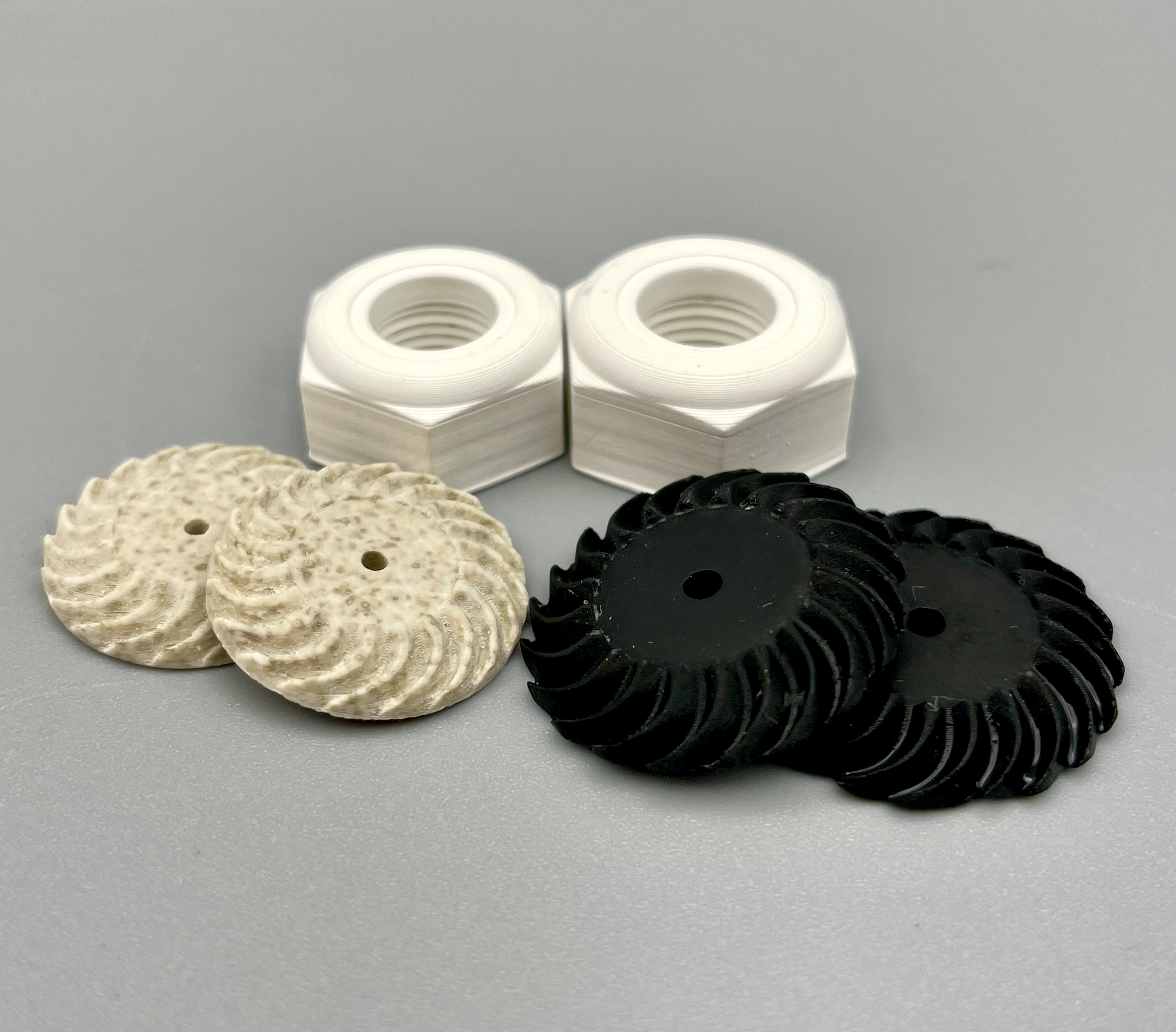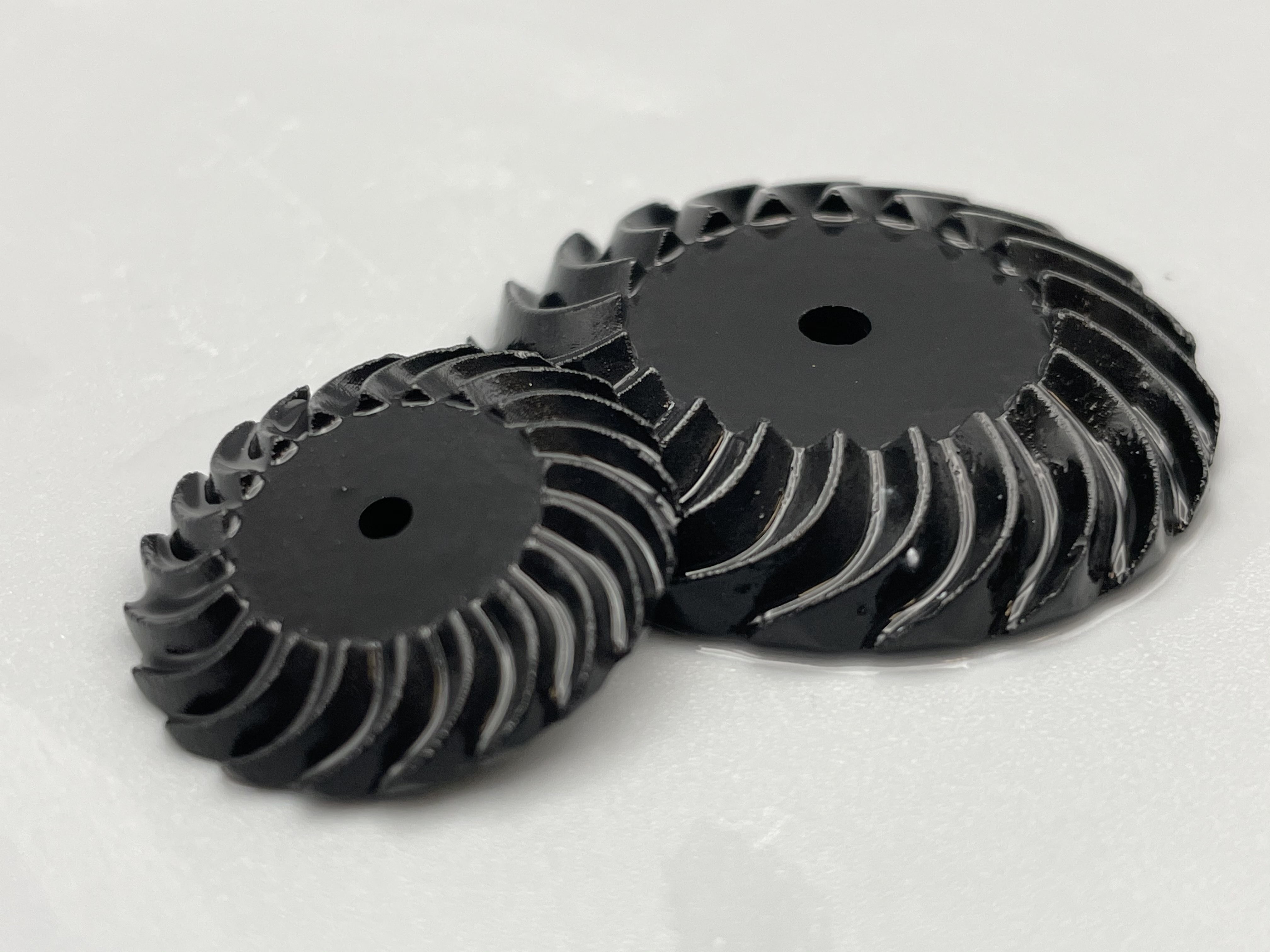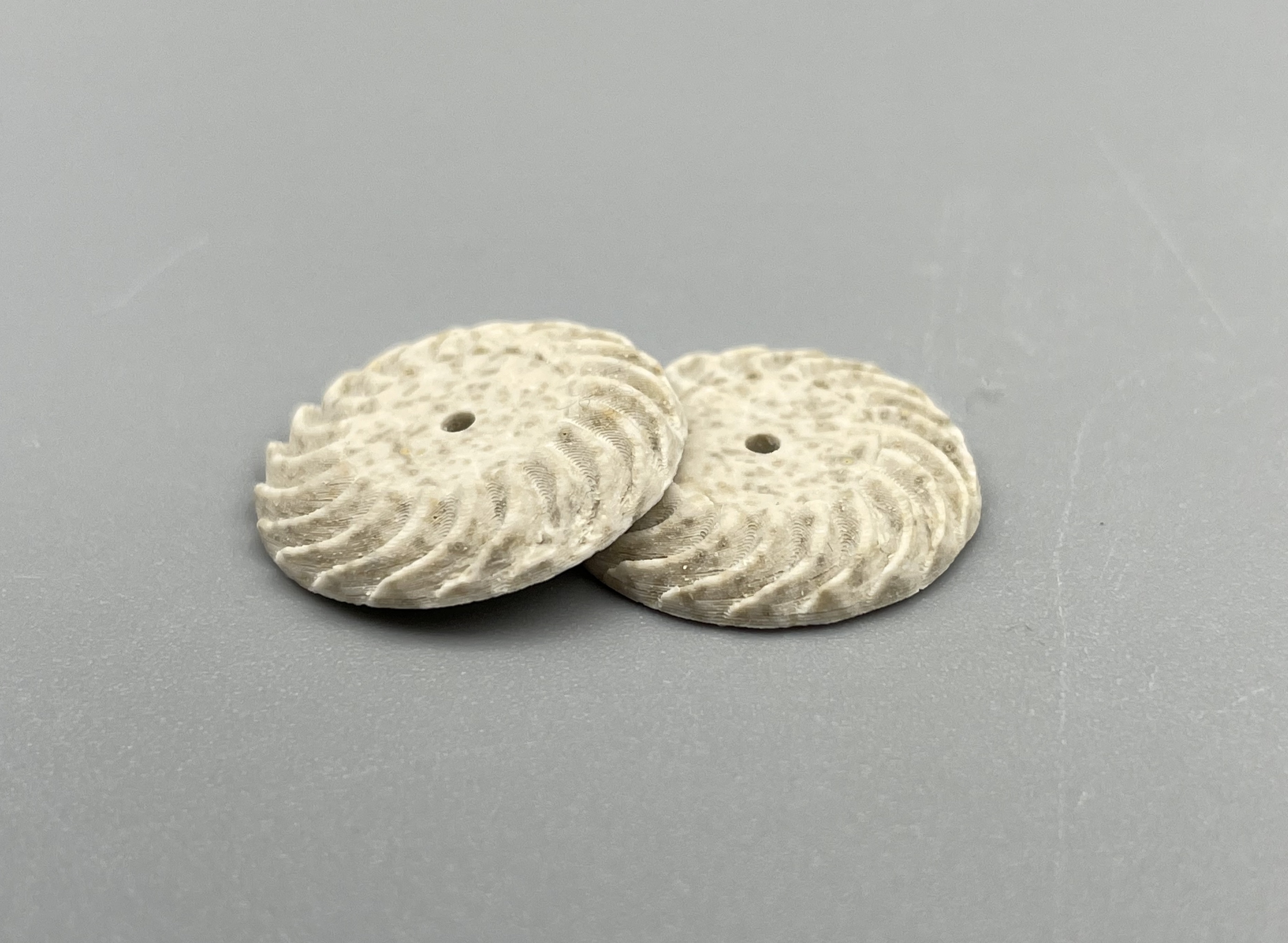Nebraska-based ceramic 3D printing specialist Tethon 3D has announced the launch of three new UV-curable 3D printing resins.
Graphenite, Cordierite, and Mullite have all been developed for use with the company’s Bison 1000 DLP system, and are primarily intended for geometrically-complex engineering components.
Greg Pugh, Tethon’s CTO, states, “Our team is very excited to launch these new materials. With the power of the Bison 1000 we are able to plug and play a wide variety of technical ceramics. The open settings of the printer also allows our customers to utilize Tethon 3D’s Genesis base resins to formulate custom ceramic and metal UV curable resins in house. With this system there are hundreds of materials that can be adapted to work within our open ecosystem.”

Graphenite
Graphenite is Tethon’s new graphene 3D printing material. The sheet-form carbon allotrope is known for its high strength to weight ratio, excellent thermal and electrical conductivity, corrosion resistance, and scratch-resistant qualities. As such, the resin is aimed at manufacturers of energy storage devices, sensors, electronics, and any other components that can utilize graphene’s high-performance properties.
The Graphenite resin, in particular, is Tethon’s alternative to carbon fiber-reinforced composites in the FDM space, as there has never really been a comparable equivalent in resin-based 3D printing.
Karen Linder, Chair of Tethon, adds, “Greg and his team have done great work formulating these new materials for our Bison 1000 printer. We are thrilled to offer three more industrial resins to our global customer base. It’s especially exciting to launch the first commercially available UV curable Graphene resin. We anticipate Graphenite will be used not only for its conductive properties but also see it being an alternative to what has been an explosion of carbon fiber extrusion materials in the market.”

Cordierite and Mullite
Cordierite and Mullite are Tethon’s two new technical ceramic materials. The former is a magnesium iron aluminum cyclosilicate characterized by its low thermal conductivity, low thermal expansion, and high thermal shock tolerance (remains stable in the presence of rapid temperature changes). Cordierite can be used up to around 1200°C, with potential applications in heaters, thermocouples, insulators, refractory shapes, and ceramic mirrors.
Mullite, similarly, gets its value from its low thermal expansion, low thermal conductivity, and excellent creep resistance. The material is known to maintain its strength at high temperatures (up to 1800°C), while also displaying great chemical stability and electrical resistivity. As such, Mullite is well suited for the production of high-temperature chemical contacting components in industries such as aerospace and energy.

Earlier this month, 3D printer manufacturer Formlabs announced the launch of two new 3D printing resin products for its dental range – a Permanent Crown Resin and a Soft Tissue Starter Pack. The former provides a low-cost method of manufacturing permanent crowns, while the latter enables users to create their own tailored resin formulations.
Elsewhere, 3D printer manufacturer Nexa3D launched its own set of 3D printing resins for use on its NXE400 SLA 3D printer. xPRO410 is a new rigid general purpose photopolymer based on Henkel’s Loctite PRO410 material. xCast, on the other hand, is designed specifically for the series production of precision metal investment casting patterns.
Subscribe to the 3D Printing Industry newsletter for the latest news in additive manufacturing. You can also stay connected by following us on Twitter and liking us on Facebook.
Looking for a career in additive manufacturing? Visit 3D Printing Jobs for a selection of roles in the industry.
Featured image shows Graphenite, Cordierite, and Mullite parts. Photo via Tethon 3D.



